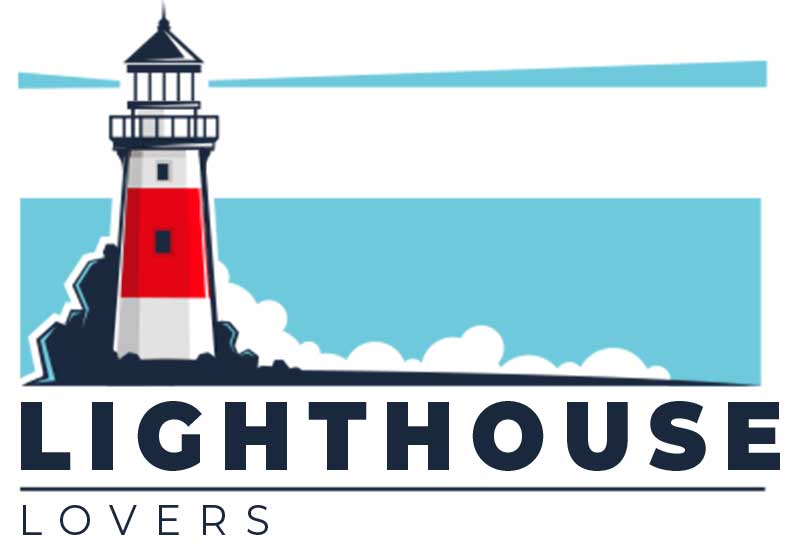Lanterna di Genova
One of the oldest Lighthouses in the World
The Torre della Laterna is a real icon of the wonderful city of Genoa. It’s the tallest lighthouse in the Mediterranean at an impressive 77 metres high! There are 365 steps all the way up to the top, but the 172 steps leading up to the first panoramic terrace are a real workout. Luckily, visitors are not allowed to go any higher! Built in 1543, the Laterna is one of the oldest lighthouses in the world still in use.
Lanterna di Genova
Genoa, Liguria, Italy
Gulf of Genoa, Ligurian Sea
Visited in October 2024
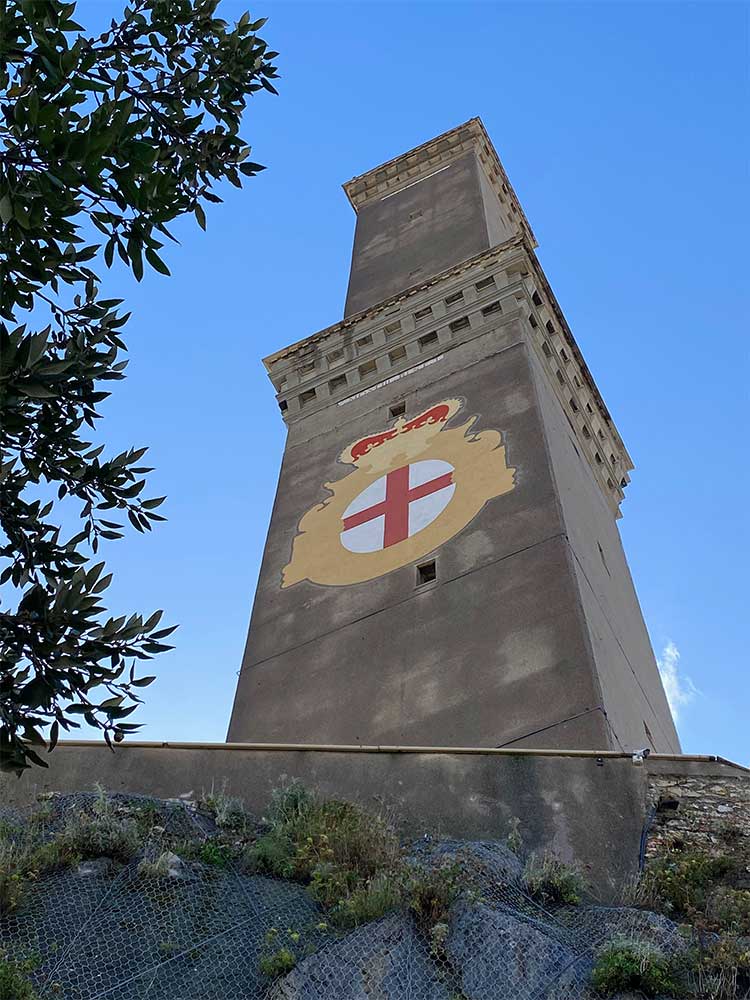
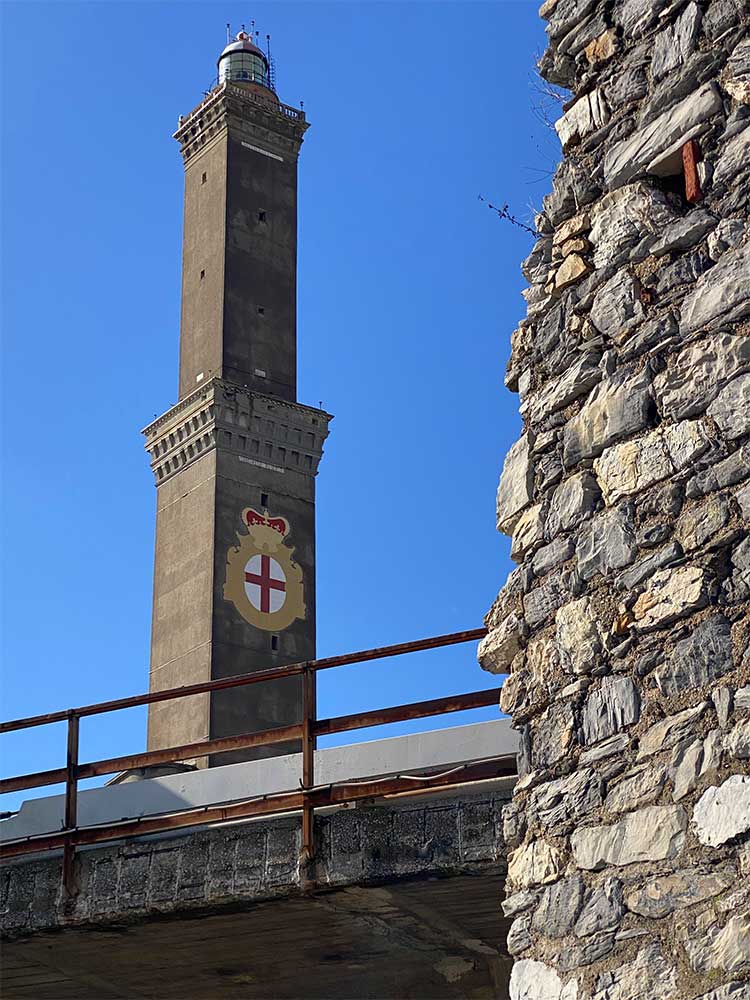
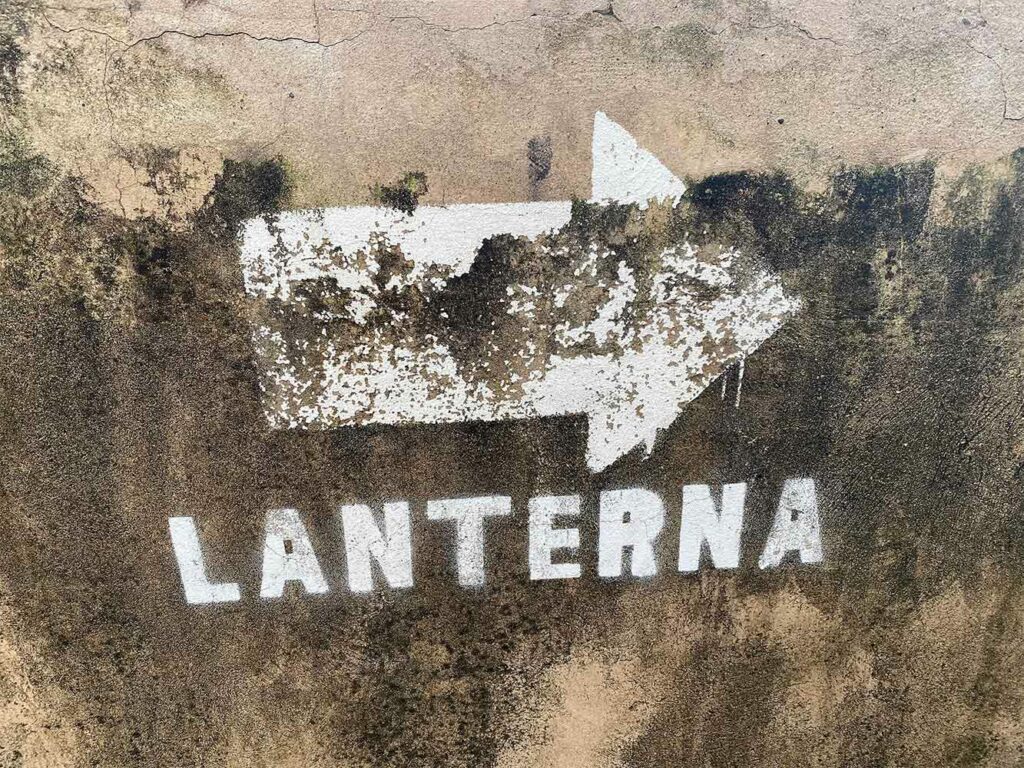
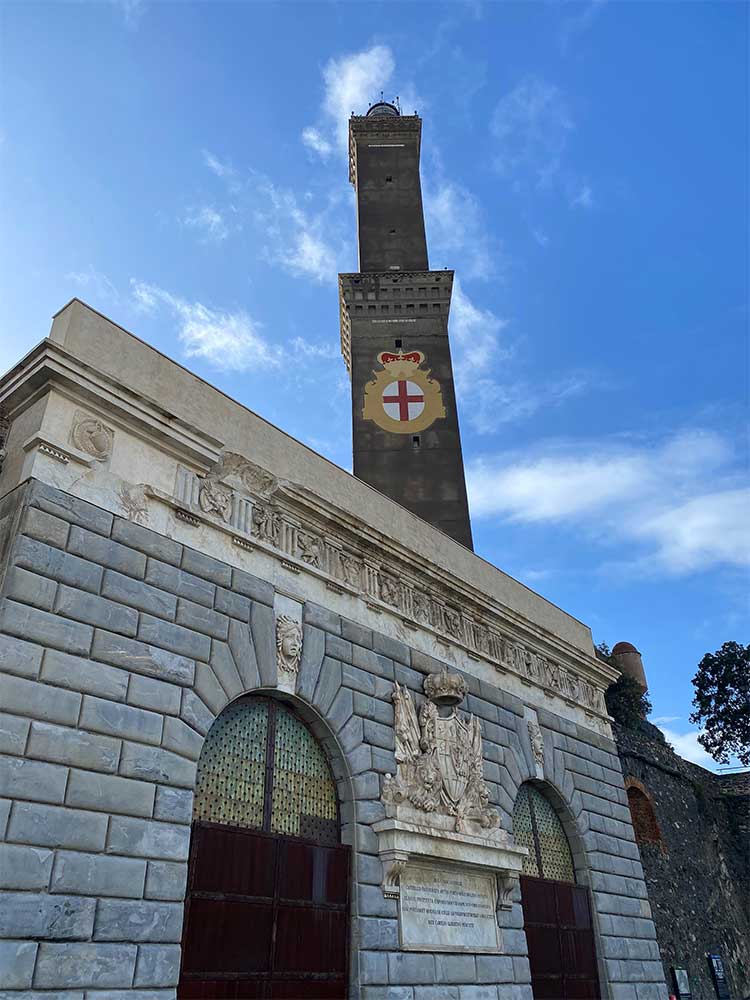
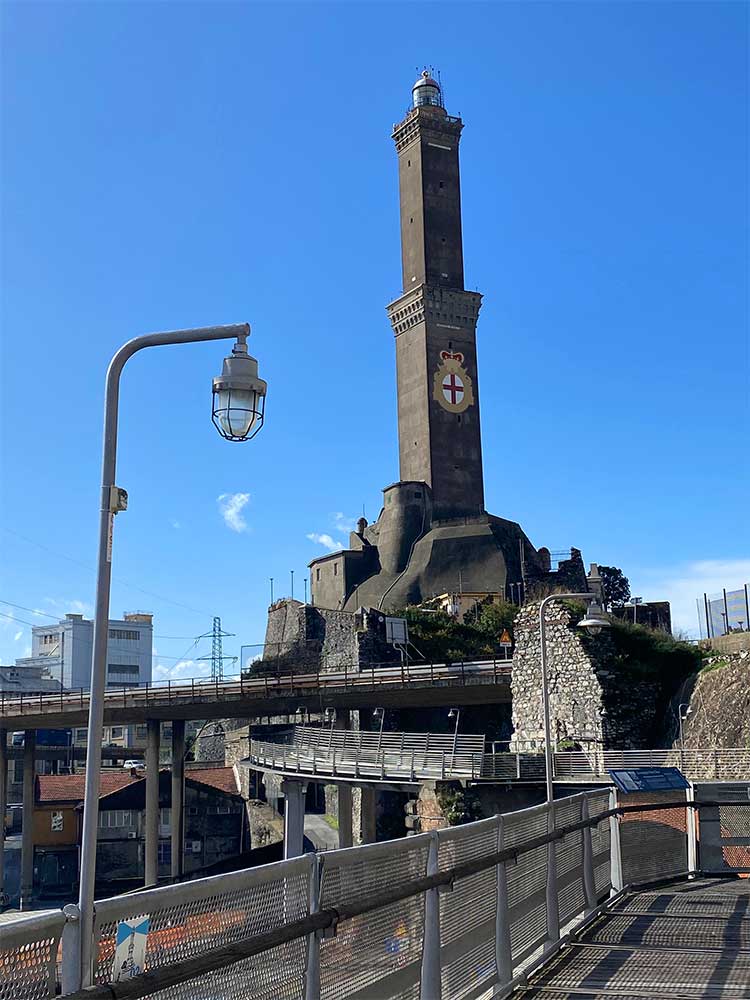
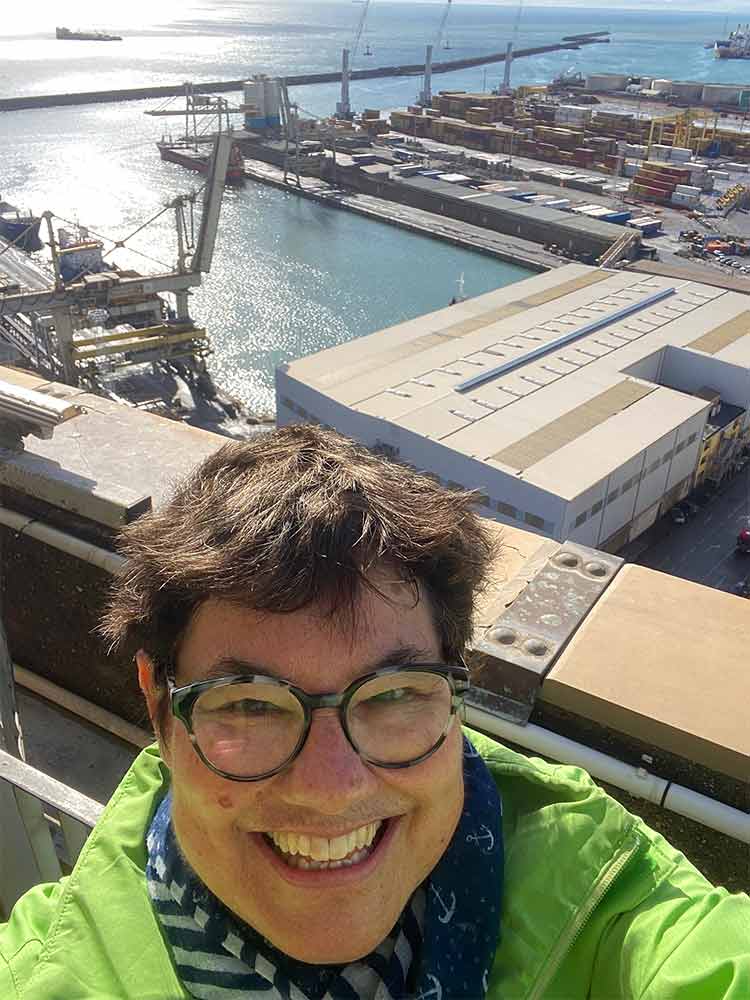
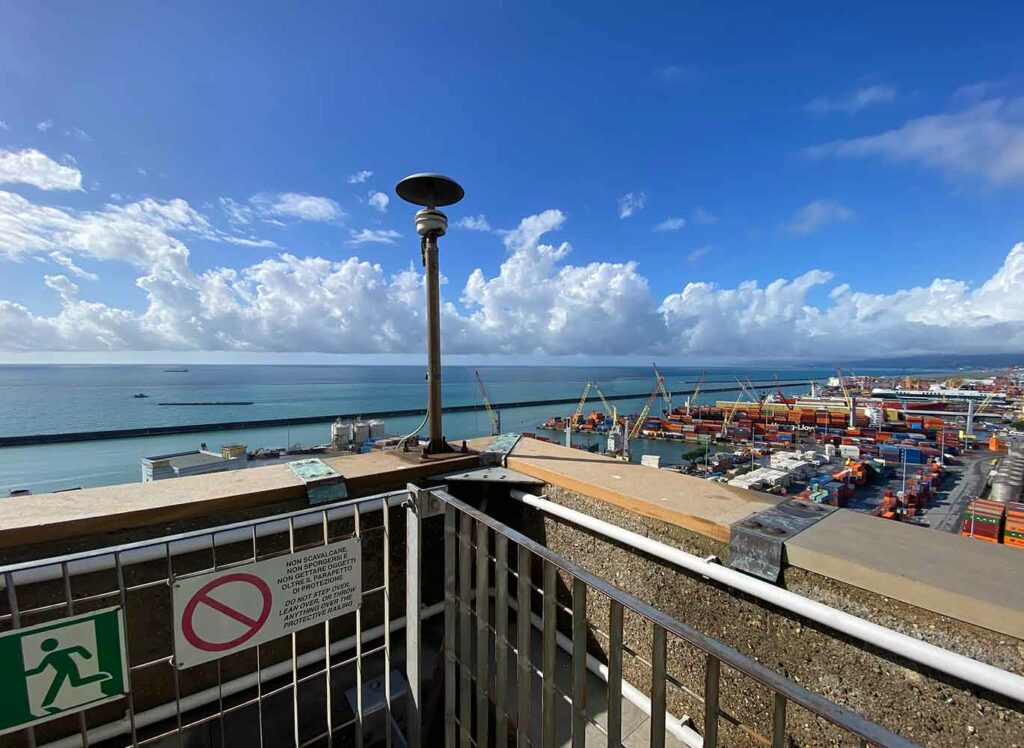

Facts & figures
The Torre della Lanterna (affectionately known simply as Lanterna for short) at the harbour of Genoa looks rather small among the huge harbour cranes and oversized cruise ships. Nevertheless, it can boast a few height records. At 77 metres (253 ft), it is the tallest lighthouse in the Mediterranean and the second tallest lighthouse in Europe after the one on Ile Vierge (Virgin Island) off the north coast of Brittany in France.
The lighthouse stands on a 40 metre high rock and consists of two stone blocks. It has a total height of 117 metres (383 ft.) above sea level. There are two 360-degree panoramic terraces. The first, which is open to the public, can be reached via 172 steps. There are 365 steps to the top. Thank goodness you don’t have to take those 193 extra steps! In the middle of the tower, a lift takes you all the way up. However, this is reserved for the staff who operate the lighthouse.
The earliest traces of the Genoese Lanterna date back to 1128. The current lighthouse, which replaces earlier structures, dates from 1543, making the Laterna one of the oldest lighthouses still in use in the world. It is thought to be second only to the Tower of Hercules in La Coruna, Spain, which dates from Roman times.
The lighthouse is still manned and is operated by the Comando di Zona Fari of the Italian Navy, based in La Spezia. Since 1910, the Navy has operated all the lighthouses along the 8,000 kilometres of Italian coastline, 128 of which are large lighthouses.
Three incredible facts about the Lanterna you might not know!
What do Genoa’s two football clubs, Christopher Columbus and street art have to do with the magnificent Lanterna? We’re thrilled to reveal three fascinating facts about the city’s iconic landmark that not everyone knows!

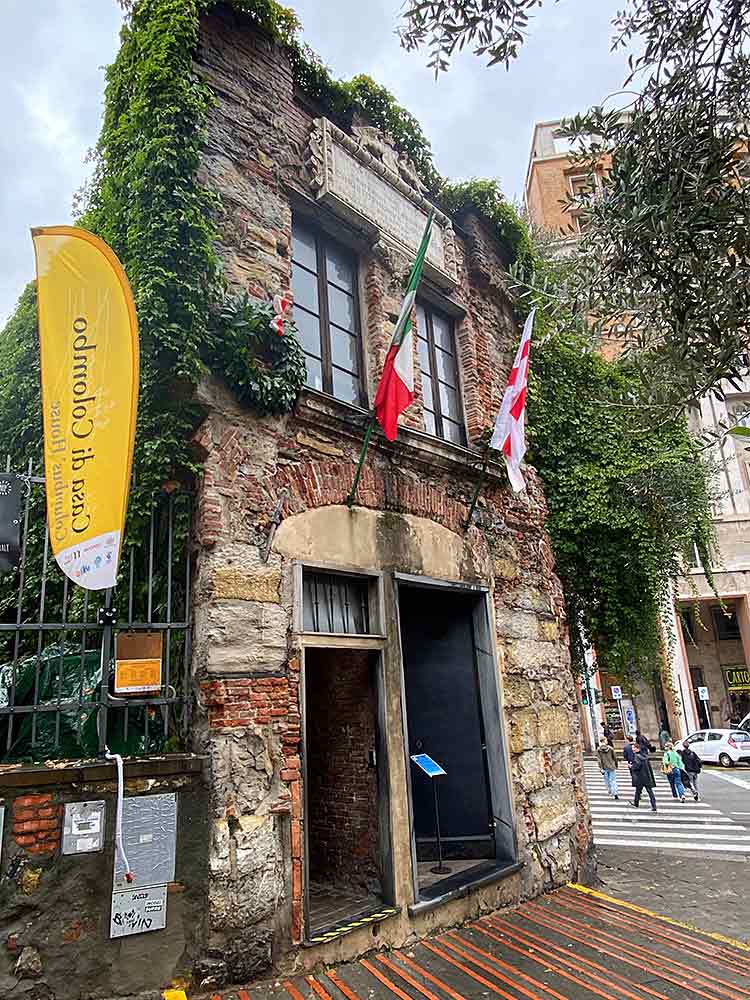
Cristoforo Colombo was born in Genoa in 1451. His uncle Antonio was one of the lighthouse keepers of the Lanterna. Columbus' father was a wool weaver. He grew up in a small house in Via di Porta Soprana (see picture above). As is known today, he had no desire to set sail for America. He had a much more ambitious plan: to find a western sea route to East Asia. The discovery of America on 12 October 1492 was based on a major misunderstanding. Columbus believed until his death that he had found a way to Asia. As his plans for colonisation on behalf of the Spanish Crown failed, he was returned to Spain in chains in 1500. He died an unhonoured man in Valladolid in 1506, at the age of around 55. Finally, it was the Portuguese Vasco da Gama who succeeded in finding the sea route around Africa to Asia in 1498. The land discovered by Columbus was named after another Italian in 1507: Amerigo Vespucci.
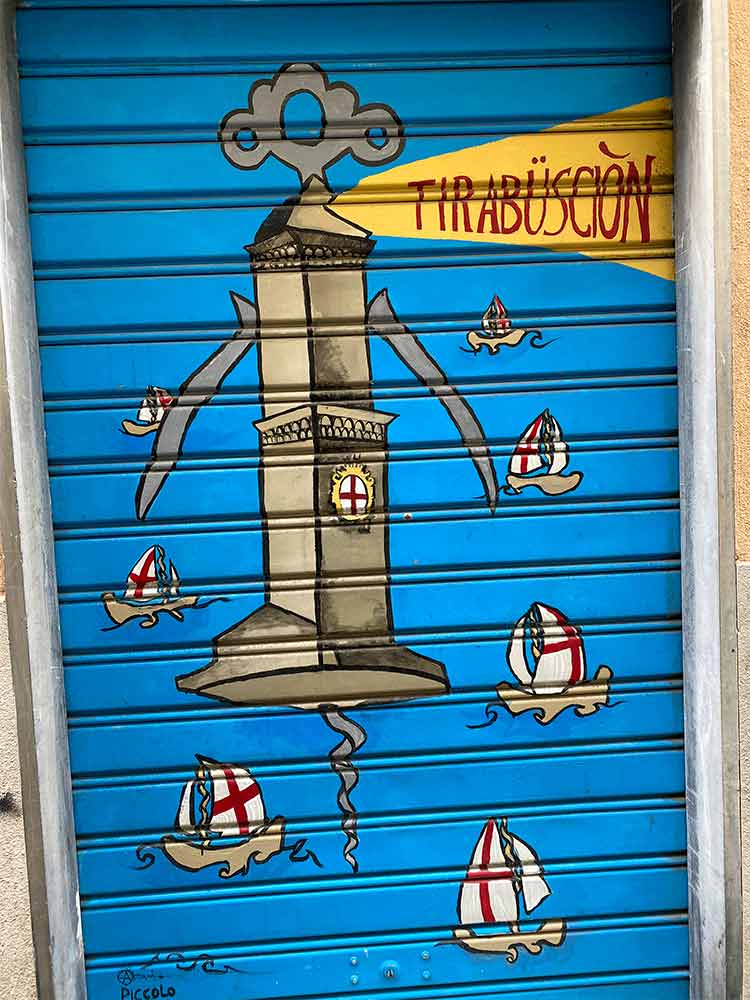
Addio Italia, Hola Argentina
Why the Lanterna was the last thing Italian emigrants saw of their homeland. Why Argentina has become the second most popular immigration destination for Italians. Why Pope Francis is also an emigrant, and why there wouldn’t be an Argentine Papacy if his family had embarked on the ill-fated Principessa Mafalda. You can get the answers to all these questions in my new blog story, Addio Italia, Hola Argentina!

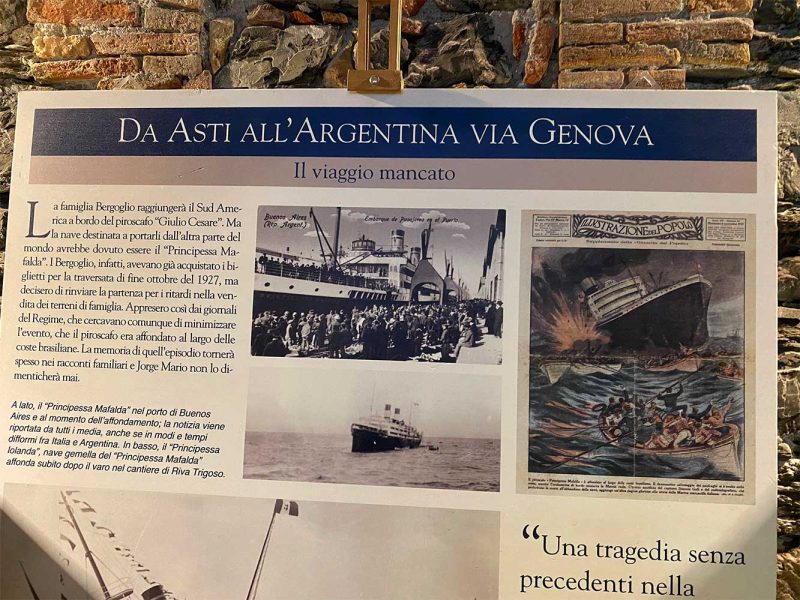
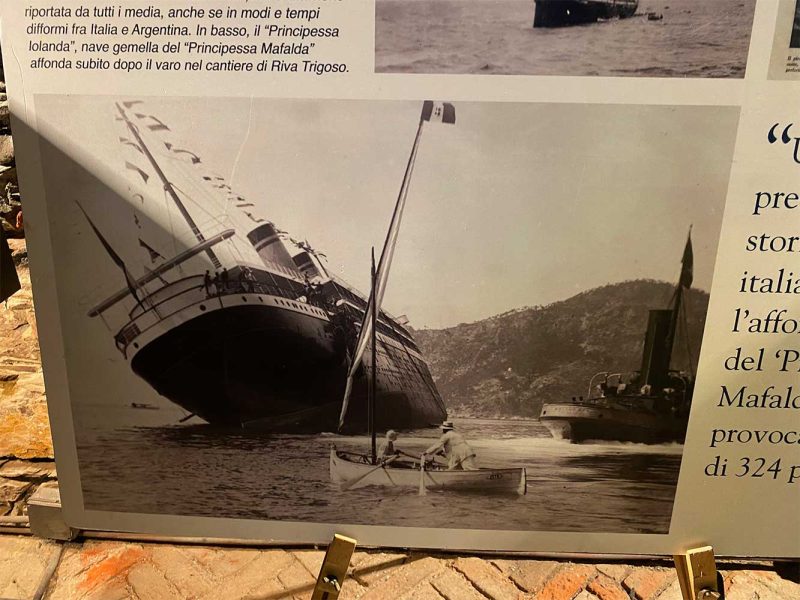
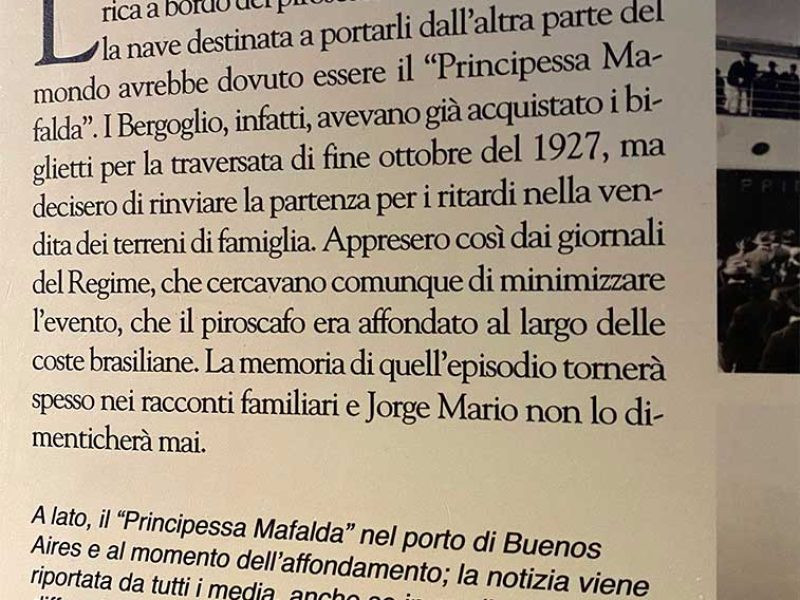
From nine-decked city to floating skyscraper
The Principessa Mafalda was the largest passenger ship in Italy, but it was still rather small compared to the British ocean liners. A regular service between Liverpool and New York, the Mauretania was the largest and fastest luxury liner in the world at the time. It had nine decks and could accommodate 2,165 people. By comparison, the Principessa Mafalda could only carry 1,450 passengers.
Back then, transatlantic ships had three passenger classes. The third class, located in the belly of the ship, had room for roughly the same number of people in both ships: around 1,100. The space in the much smaller Principessa Mafalda was undoubtedly cramped!
In his 1911 poem ‘The Secret of the Machines’, the British writer Rudyard Kipling (1865–1936) boldly described the high-speed luxury passenger liner Mauretania as a ‘monstrous nine-decked city’ that ‘goes to sea’.
He would undoubtedly have had something to say about today’s cruise ships, which have long since replaced the transatlantic liners in the harbour of Genoa.
The Costa Smeralda, which offers cruises in the Mediterranean, around Africa and to the Arab Emirates, has almost twice as many decks as the Mauretania (19) and can fit more than three times as many passengers (6,518). Unlike the Mauretania and the Principessa Mafalda, which had to accommodate up to two-thirds of their passengers in third-class dormitories, the Costa Smeralda has 2,162 comfortable cabins. The ship also boasts 19 bars, 11 restaurants and four pools for guests. Needless to say that the Costa Smeralda also needs more than twice as many crew members: 1,682 (Mauretania: 812). The cruise ship is therefore not just a ‘monstrous nineteen-decked city’ on the sea, but a massive floating holiday resort.
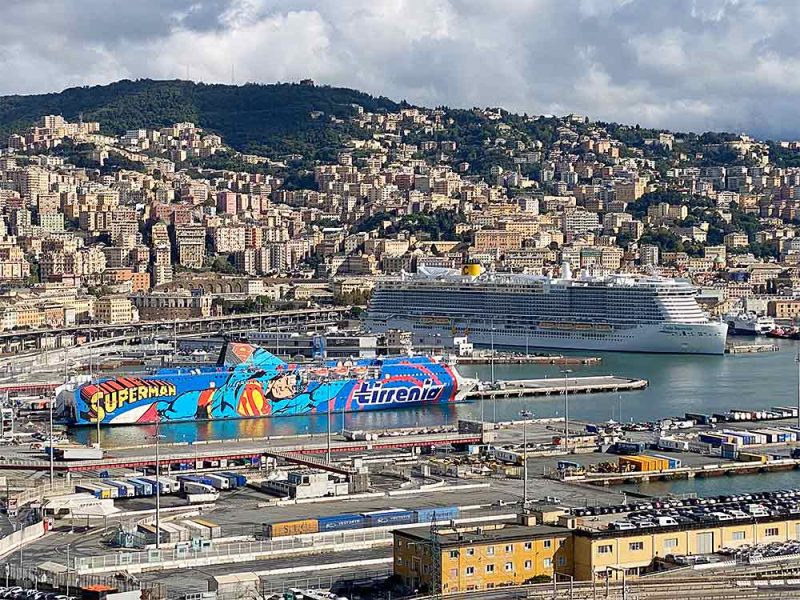
The Costa Smeralda cruise ship (right) is huge compared to the Tirrenia ferry with its Superman painting. It is impossible to miss in the harbour of Genoa. It was moored in Genoa harbour in October 2024. At over 19 decks high, it can accommodate 6,518 passengers across 2,162 cabins.
You Can't Get Enough?
Here you can find some of the other lighthouses that I have visited.
